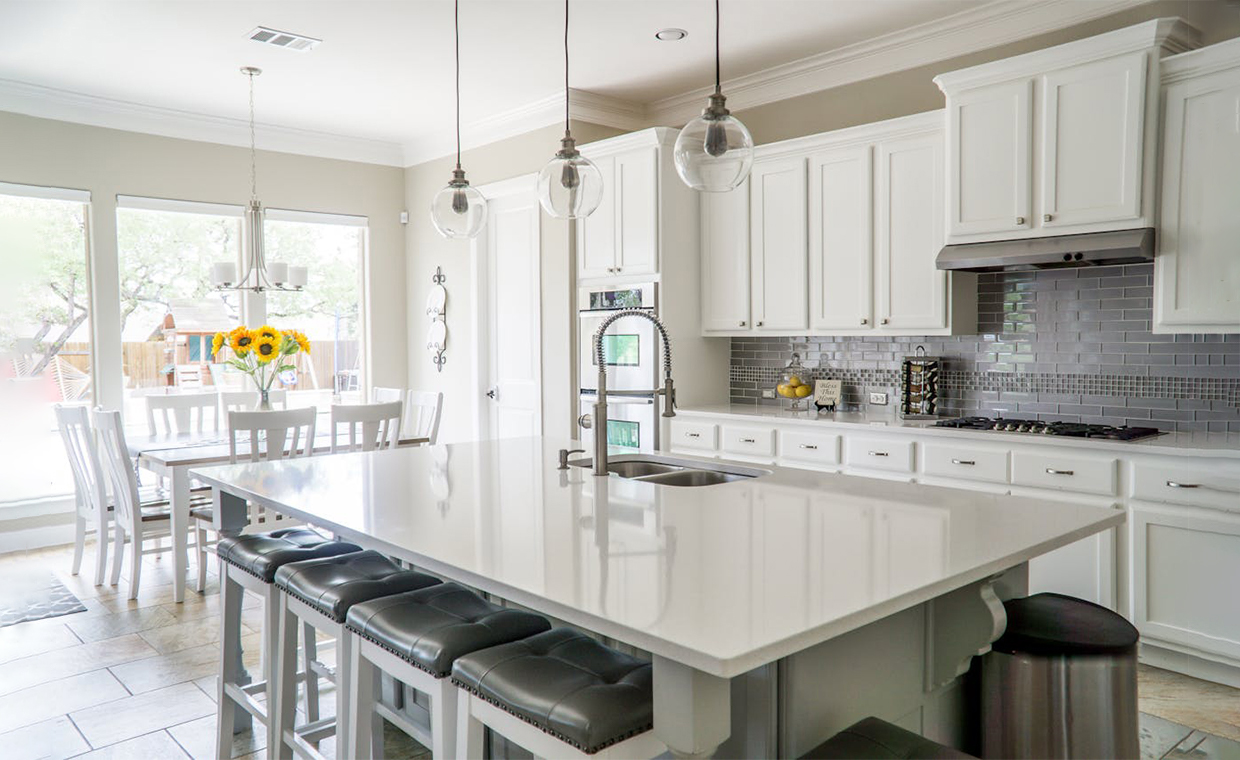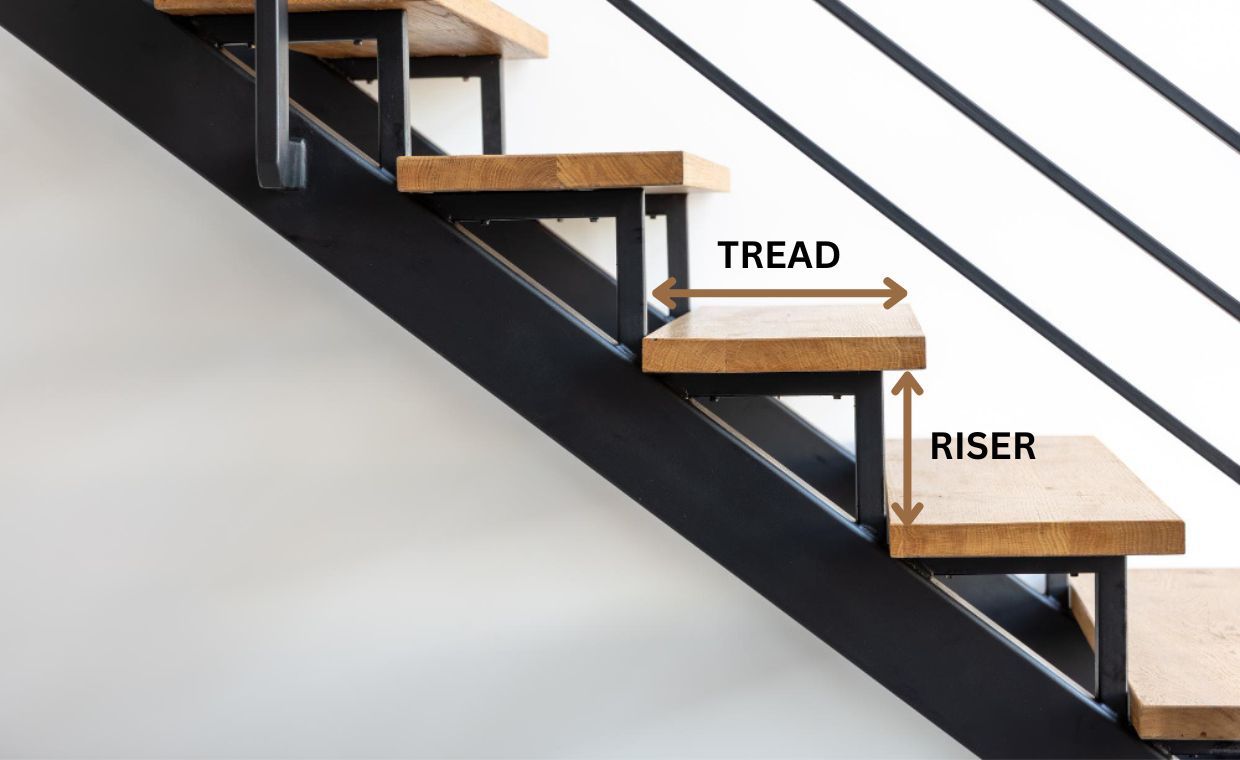
In design of any stairs people generally look upon its aesthetics and appearance, but for effective and efficient use of stairs one must know its functionality and use along with its appearance. Stair means vertical transportation between the floors. A good stair should therefore be designed as to provide quick, easy and safe mode of communication between the floors. The primary function of stairs is to provide access to another floor, safe and easy means to travel, a degree of insulation, escape route in case of fire, etc.
Before you know about types of steps, let us inform you about the new technology of mobility “Stairlifts” that are very trending now-a-days and can be fitted to most type of staircases. Their demands are increasing to offer the mobility services for the Physically-Challenged and Senior Citizens (as a safety feature) to built-in their existing staircases.
Now let us understand about the different varieties of steps used for the construction of staircase:
01. Flier
Flier is an ordinary step of uniform width and rectangular shape as shown in figure.
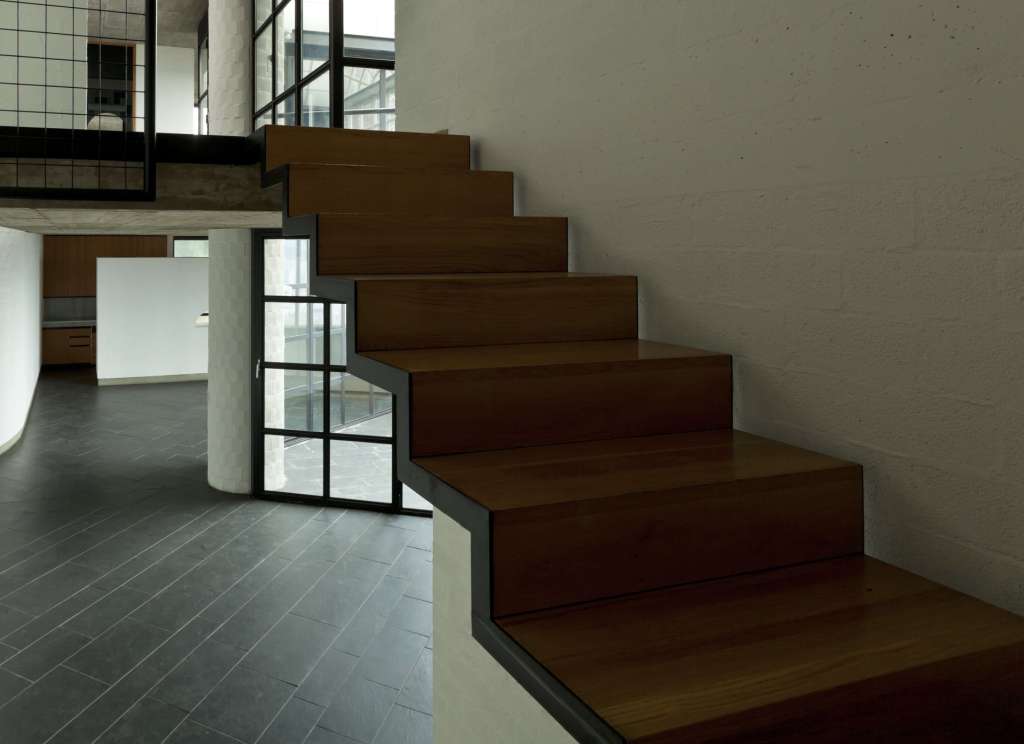
02. Bullnose Step
Bullnose step is generally provided at the bottom of the flight. It usually projects in front of the newel post and it ends near the newel forming the quadrant of a circle as shown in figure.
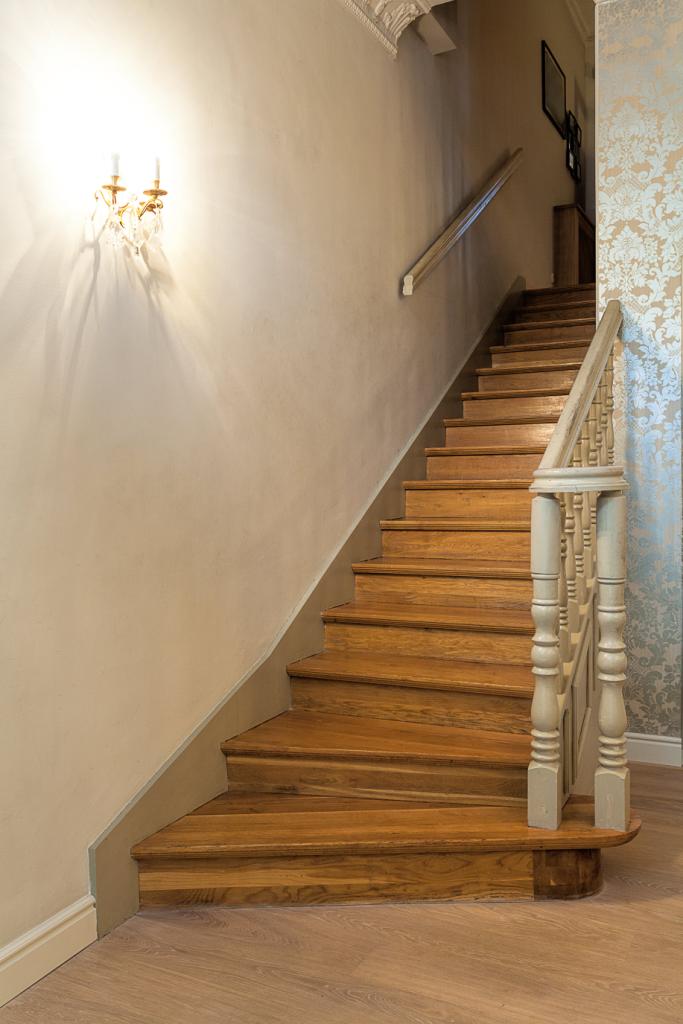
03. Round ended Step
Round ended step is similar to the bullnose step the only difference is it has semi-circular end which project out of the stringer as shown in figure.

04. Splayed Step
Splayed step is also provided at the beginning of the flight with its end near the newel post as shown in figure.

05. Commode Step
Commode step is also provided at the beginning of the flight, it has curved tread and riser as shown in figure.
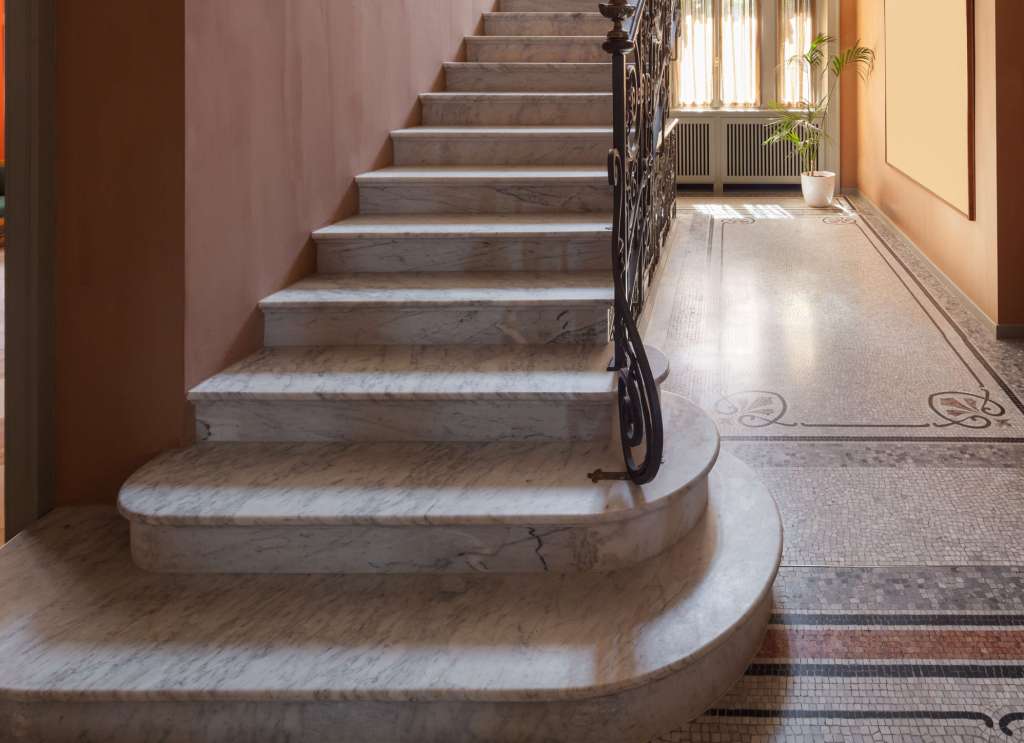
06. Dancing Step or Balancing Step
Dancing or Balancing steps are those which do not radiate from a common centre as shown in figure.
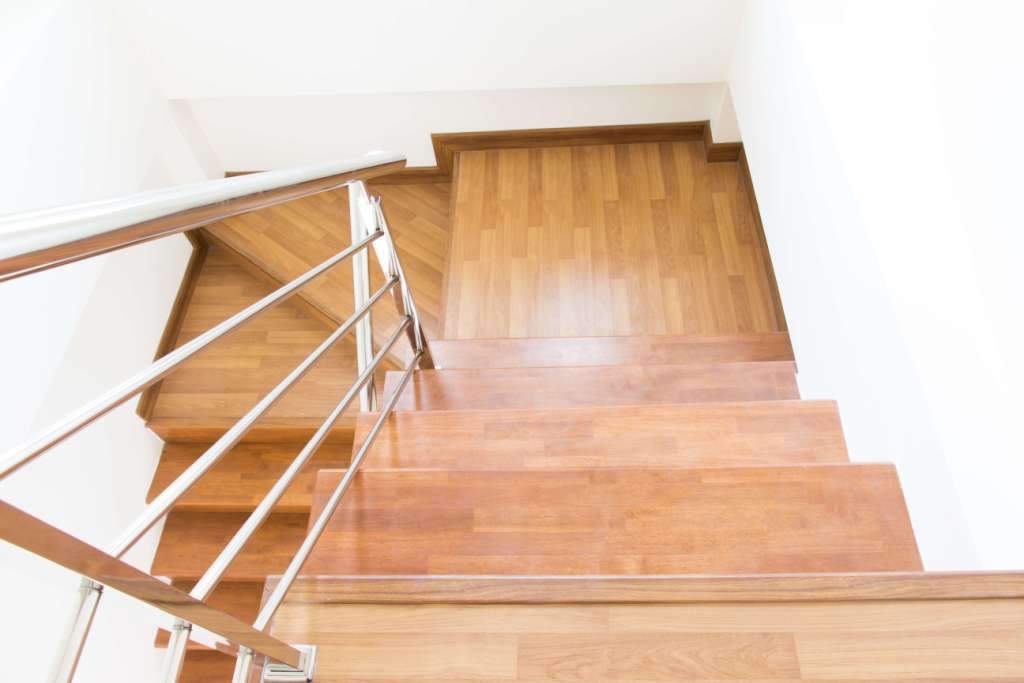
07. Winder
Winders are tapering steps which radiates from a point usually situated at the centre of newel as shown in figure.

























